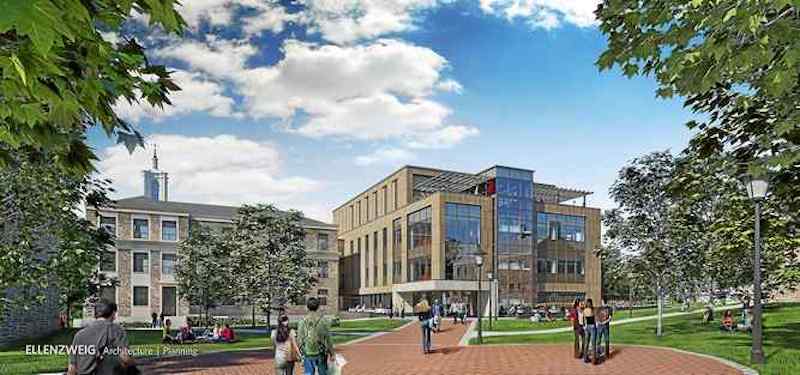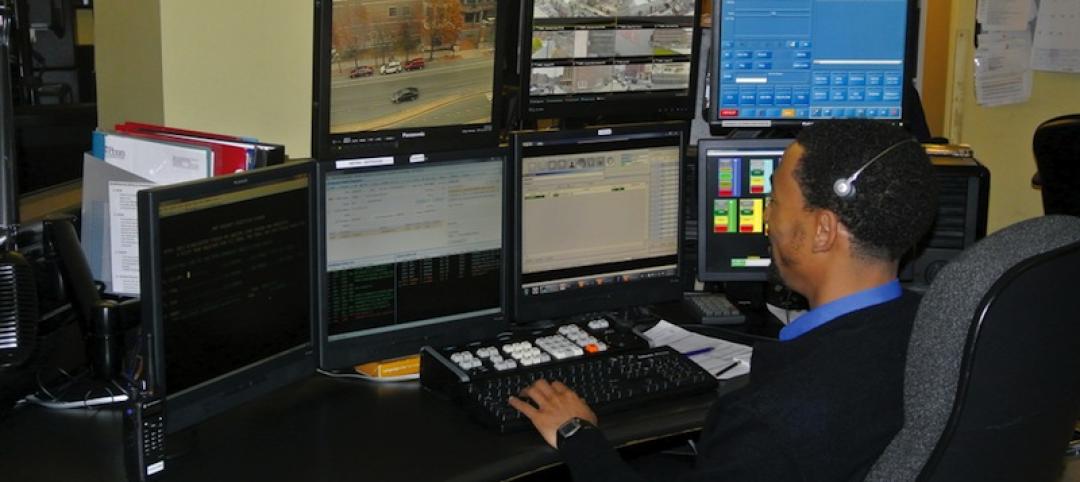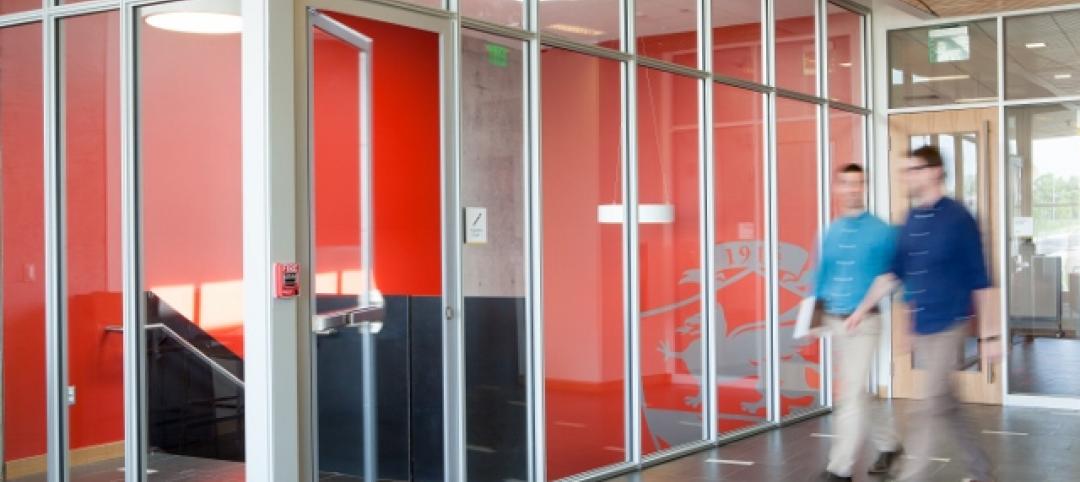More than half of the school districts and colleges responding to a recent survey expect to initiate construction projects in 2017, the majority of which will be major renovations or modernizations.
College Planning & Management, which conducted the survey for its annual “2017 Facilities and Construction Brief,” also found that few school districts or institutions are banking on more funds being made available for future construction projects.
The magazine bases its mostly optimistic projections partly on demographic data that project enrollment of 18 to 24 year olds by degree-granting postsecondary institutions to increase by 13% between 2013 and 2024. Enrollment of 25 to 34 year olds during that period is expected to grow by 17%, and by 10% for enrollees 35 or older.
The report notes that while the nation’s population grew last year by 0.7%, numerical gains were concentrated in 10 states, led by Texas (432,957), Florida (367,525), and California (256,077). Contrarily, eight states lost population: Connecticut, Illinois, Mississippi, New York, Pennsylvania, Vermont, West Virginia, and Wyoming.
“We know that the population of the U.S. is growing, and along with it enrollment of our K-12 schools,” the report states. “We know there is an ongoing deferred maintenance problem and a need to invest in the improvement of existing facilities. And we know that construction and renovation of educational facilities [are] finally on the rise.”
The Census Bureau estimates that spending on education construction (which includes museums and libraries) in 2016 increased by 6.5% to $88.9 billion, the most spent since 2009 and the largest year-over-year percentage gain since 2008.
Drilling down, the report takes a closer look at past and future construction for both K-12 and colleges.
Based on responses from 90 preK-12 school districts in 33 states, 44% neither completed any construction projects in 2016, nor had any completions planned for this year. Another 47% said they wouldn’t be starting any new products this year, either.
On the positive side, 39% completed major renovations or modernizations in 2016, 34% will start a major renovation or modernization this year, and another 20% expect to complete one of these projects in 2017.
Sixteen percent of the responding school districts completed an addition last year, 16% will start an addition this year, and 18% will complete an addition in 2017.
Eighteen percent of preK-12 districts completed a new or replacement building in 2016, 27% will start one this year, and 21% will complete such a project in 2017.
Based on responses from 73 colleges or universities operating in 36 states, 27% did no construction in 2016, 32% have no construction scheduled for completion this year, and 37% have no plans to start construction in 2016.
But nearly three in five of the respondents—59%— completed a renovation or modernization in 2016, 47% plan to start such a project this year, and 53% expect to complete one in 2017.
Nearly one in five—19%—completed an addition last year, 15% will start one this year, and 28% expect to complete an addition in 2017. More than a quarter of respondents—26%—completed a new or replacement building in 2016, 27% will start one in 2017, and 36% will start one this year.
Given the strength of this construction activity, uncertainties about financing cloud future projects. Thirty-six percent of school districts thought that fewer funds would be available to them, and nearly two-fifths—39%—thought available funding would be flat. Among the college/university respondents, 43% expected to have fewer funds at their disposal, and one-third thought their funding wouldn’t change.
Related Stories
University Buildings | Feb 23, 2015
Future-proofing educational institutions: 5 trends to consider
In response to rapidly changing conditions in K-12 and higher education, institutions and school districts should consider these five trends to ensure a productive, educated future.
University Buildings | Feb 20, 2015
Penn strengthens campus security by reviving its surrounding neighborhood
In 1996, the University of Pennsylvania’s sprawling campus in Philadelphia was in the grip of an unprecedented crime wave. But instead of walling themselves off from their surrounding neighborhoods, the school decided to support the community.
University Buildings | Feb 17, 2015
BD+C exclusive: How security is influencing campus design and construction
Campus crime—whether real or perceived—presents Building Teams with more opportunities for early-stage consultation with university clients.
Cultural Facilities | Feb 5, 2015
5 developments selected as 'best in urban placemaking'
Falls Park on the Reedy in Greenville, S.C., and the Grand Rapids (Mich.) Downtown Market are among the finalists for the 2015 Rudy Bruner Award for Urban Excellence.
Sponsored | School Construction | Jan 23, 2015
How Metal Buildings Deliver Long-term Value to Schools
| Jan 2, 2015
Construction put in place enjoyed healthy gains in 2014
Construction consultant FMI foresees—with some caveats—continuing growth in the office, lodging, and manufacturing sectors. But funding uncertainties raise red flags in education and healthcare.
Sponsored | | Dec 30, 2014
First-class glass: Designing for fire safety in schools
As more students enter the school system each year, designing for fire safety in educational facilities has never been more critical. Fire-rated glazing can be a key part of the solution.
| Dec 28, 2014
Robots, drones, and printed buildings: The promise of automated construction
Building Teams across the globe are employing advanced robotics to simplify what is inherently a complex, messy process—construction.
BIM and Information Technology | Dec 28, 2014
The Big Data revolution: How data-driven design is transforming project planning
There are literally hundreds of applications for deep analytics in planning and design projects, not to mention the many benefits for construction teams, building owners, and facility managers. We profile some early successful applications.
| Dec 28, 2014
AIA course: Enhancing interior comfort while improving overall building efficacy
Providing more comfortable conditions to building occupants has become a top priority in today’s interior designs. This course is worth 1.0 AIA LU/HSW.















